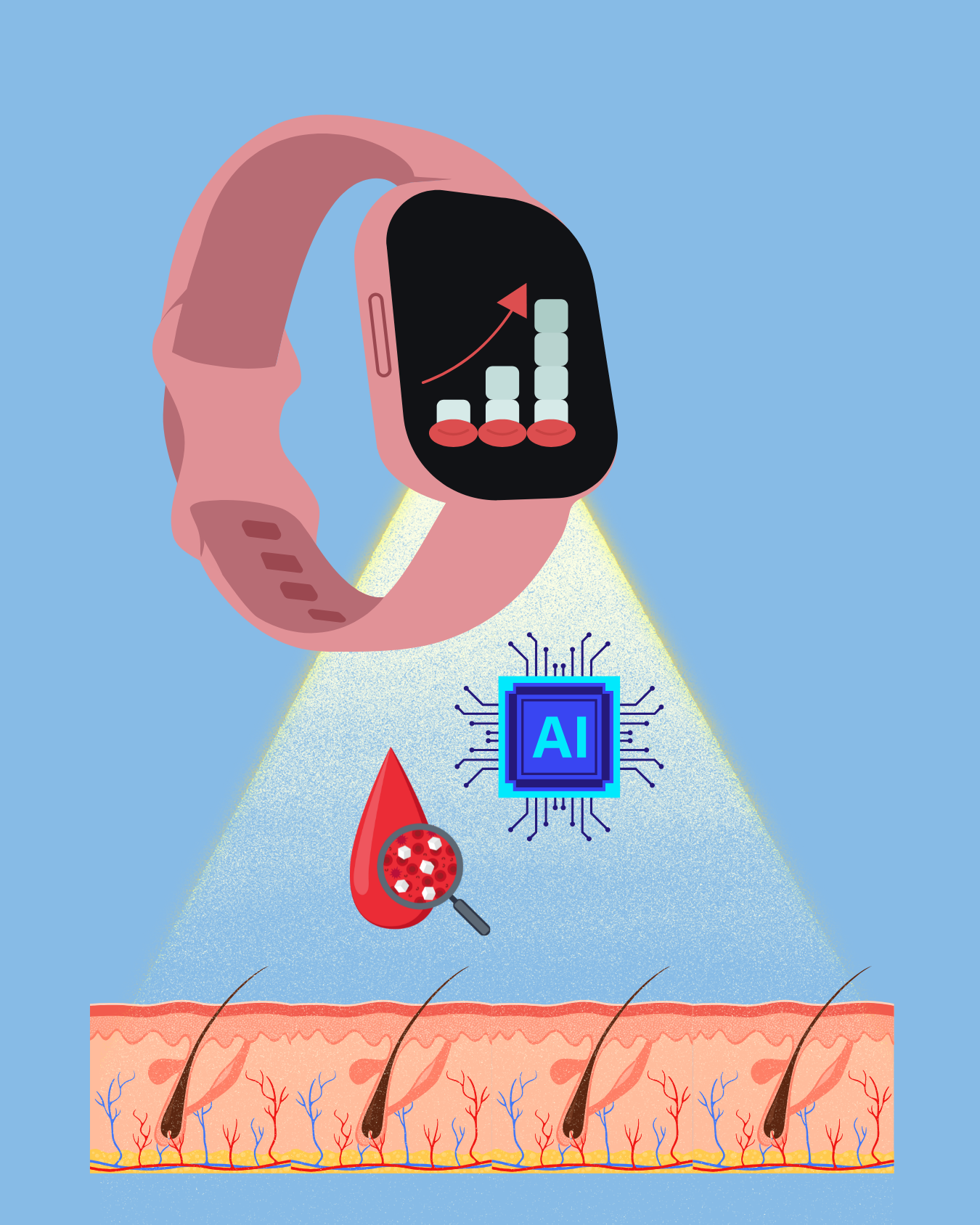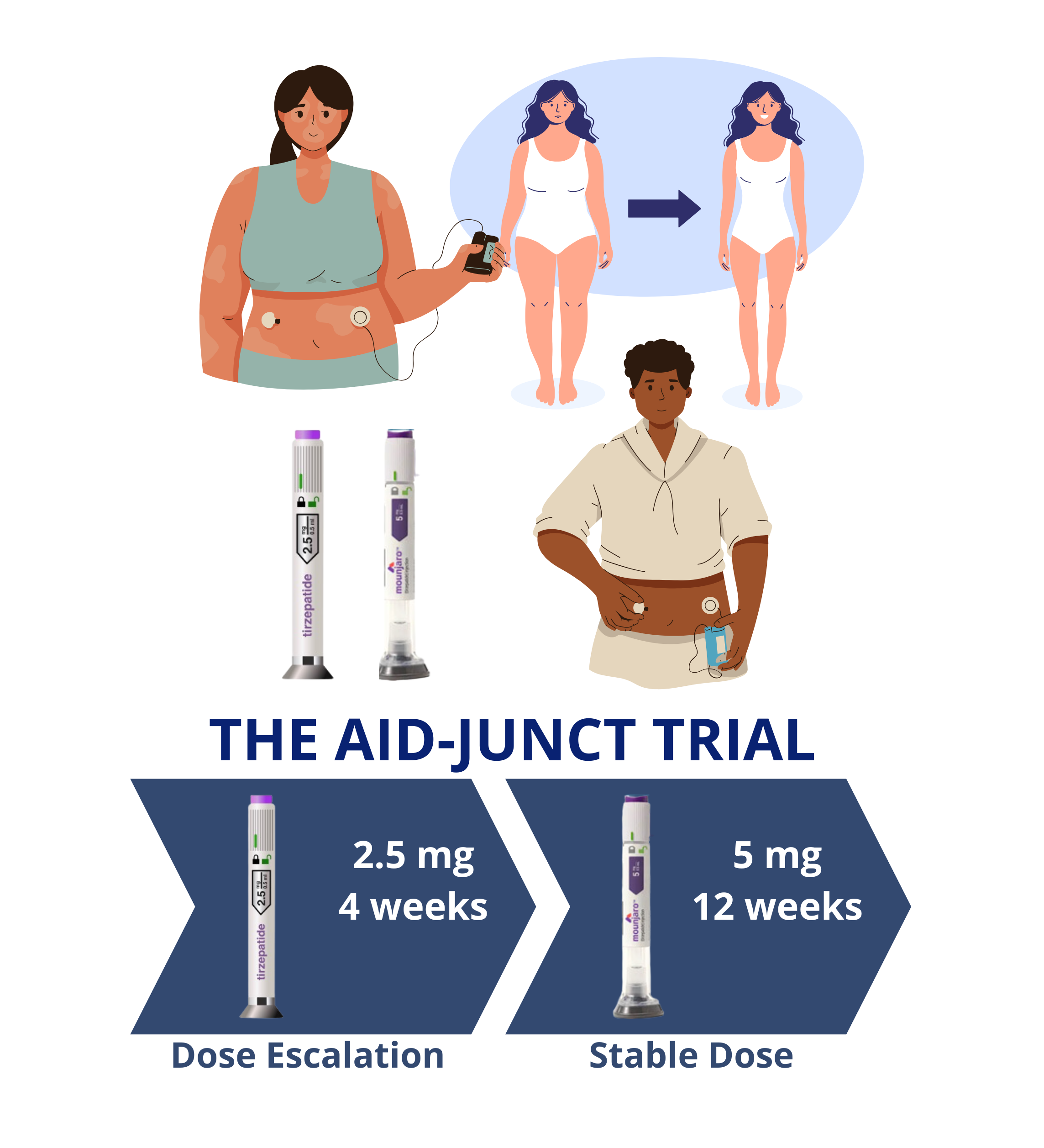Towards painless, needle-free glucose monitoring for people with Type 1 Diabetes.Project description:For people with...

SPN-005 – Pilot study on painless glucose monitoring
SPN-005 – Pilot study on painless glucose monitoring
Towards painless, needle-free glucose monitoring for people with Type 1 Diabetes.
Project description:
For people with Type 1 Diabetes, multiple daily finger pricks to check blood sugar levels are common practice. This project evaluates a novel non-invasive technology developed by Liom Health AG, which uses light and artificial intelligence to measure glucose levels through the skin in real time — without finger pricks.
Methodology:
In a pilot study with 21 participants, a carefully controlled sequence of blood glucose fluctuations was induced to assess the device’s accuracy. Conventional blood glucose measurements and continuous glucose monitoring (CGM) systems were used in parallel.
Results:
The device readings showed good agreement with established methods, with most measurements falling within clinically acceptable ranges. No health risks or technical issues were observed.
Conclusion:
The study indicates that painless glucose monitoring without fingersticks or CGM could be feasible. However, further research is required to improve accuracy and reliability before market readiness.
Partner: Liom Health AG (formerly Spiden AG), University Clinic for Diabetology, Endocrinology, Nutritional Medicine & Metabolism (UDEM)
Category: Clinical pilot study
Year: 2023-2024

More recent projects
SPN-005 – Pilot study on painless glucose monitoring
Insulin Activity Project
Exploring Insulin Stability and Activity in Diabetes ManagementInsulin is essential for diabetes management, but its...
AID-JUNCT study: GIP/GLP-1RA as Adjunctive to Automated Insulin Delivery
Findings from a prospective, randomized clinical studyInnovative approaches to combination therapy in type 1...












